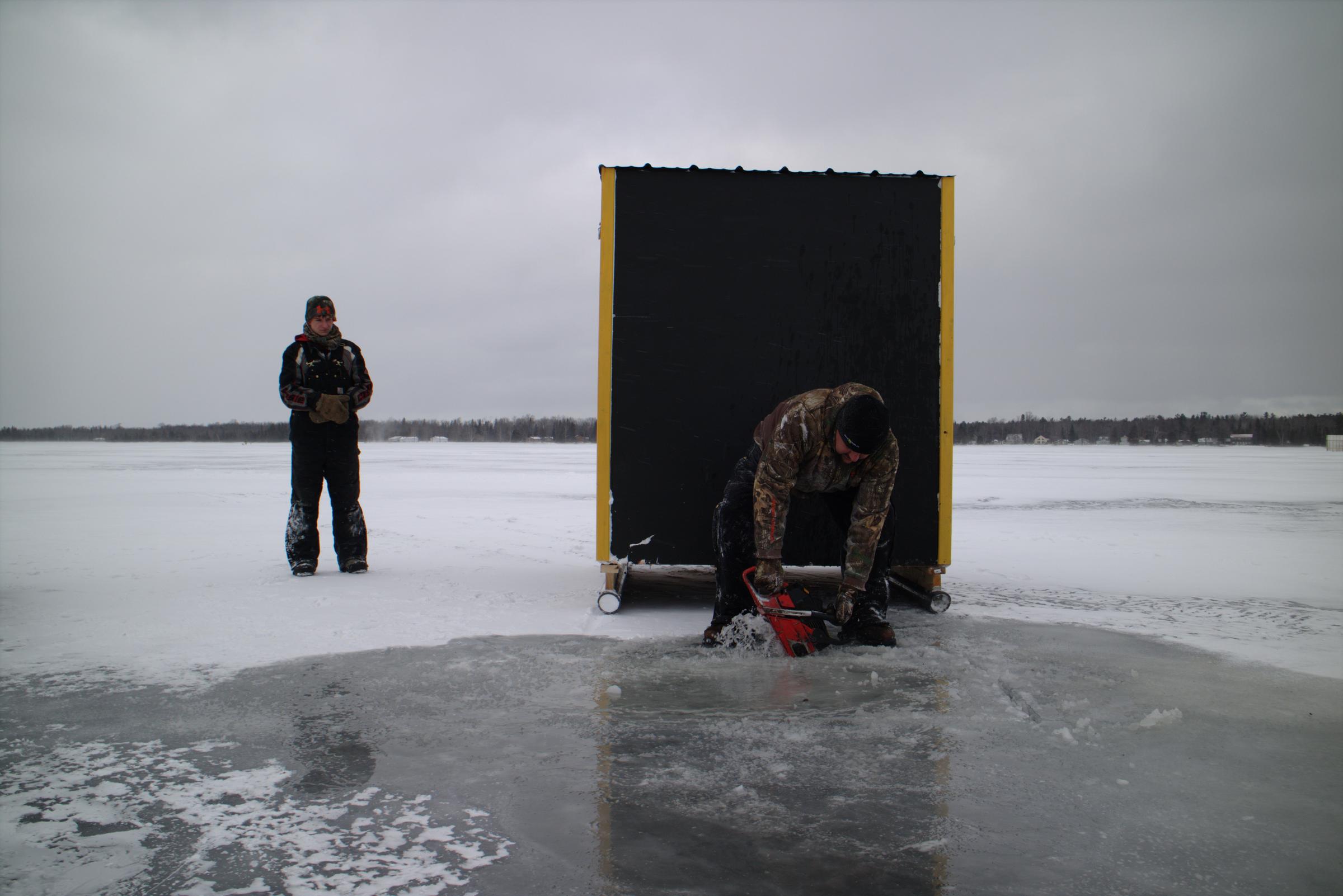
The moon will be about two and a half degrees to the south of Saturn, so it will look (from New York City) as though it is below and slightly to the left of the planet but sunrise is at 5:53 a.m.

The two will be in conjunction (sharing the same celestial longitude) at 6:25 a.m. 3 the moon will make a close pass to Saturn. Perigee for this full moon actually happens a day after the full moon (at least for Western Hemisphere observers) it is at 1:52 p.m. Such full moons don't occur every month (or more accurately, every 28.5 days) because the major axis, or longer dimension, of the moon's orbit doesn't stay pointed in the same direction relative to the Earth it slowly rotates so that supermoons happen three to four times per year. At its closest, the moon is 226,000 miles (363,300 kilometers) from the center of the Earth at its farthest it is 253,000 miles (405,500 kilometers).Īs a result, sometimes the full moon appears larger in the sky but the difference is small, only about 10 to 11 percent most people don't notice. This happens because the lunar orbit isn't a perfect circle, though it is close.

Supermoons are when the full moon coincides with the moon being at the point in its orbit closest to Earth, called perigee. The August full moon will appear slightly larger than normal this is called a " supermoon ," though it's not a real astronomical term. local time in Grand Rapids, Michigan, which is on the western side of the Eastern Time Zone, while in Nantucket, Massachusetts, which is on the eastern side, the moon rises at 8:29 p.m., even though both are at about 42 degrees north.

Within the same time zone, even at the same latitude, there will be differences because the time in a zone is set so that the hour is the same across a wide range of longitudes, but the actual local time as measured by the sun and stars will differ slightly between the eastern side and western side of the zone.


 0 kommentar(er)
0 kommentar(er)
